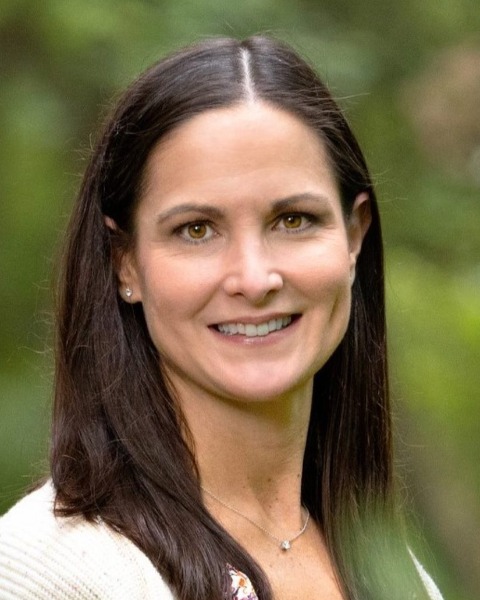Health Sciences
Recruitment of Older Adults for Clinical Research: Strategies, Costs, and Representation
-
BN
Barbara Nicklas, PhD (she/her/hers)
Professor
Internal Medicine-Gerontology
Wake Forest University School of Medicine
Winston-Salem, North Carolina, United States -
PC
Paul Coen, PhD (he/him/his)
Associate Investigator
Translational Research Institute
AdventHealth
Orlando, Florida, United States -

Jay Magaziner, PhD, MSHyg
Professor
Epidemiology and Public Health
University of Maryland School of Medicine
Baltimore, Maryland, United States -
.jpg)
Kimberly Kennedy, MS (she/her/hers)
Assistant Director
Geriatrics
Wake Forest University School of Medicine
Winston-Salem, North Carolina, United States -
.jpg)
Sara Espinoza, MD, MSc (she/her/hers)
Professor
Medicine
Cedars-Sinai Medical Center
Los Angeles, California, United States -

Rebecca Neiberg, MS (she/her/hers)
Supervisor, Biostatisticians and Senior Biostatistician
Biostatistics and Data Science
Wake Forest University School of Medicine
Winston-Salem, North Carolina, United States
Co-Chair(s)
Discussant(s)
Individual Symposium Abstract First Author(s)
Clinical research is crucial for identifying new preventative strategies and treatments to address the diverse health care needs of older adults. A necessary component of conducting ethical and unbiased research is to successfully enroll enough study participants who represent the population being studied in a cost-effective and timely manner. Despite the NIH policy mandating that investigators include participants of all ages or specify an acceptable reason for excluding participants based on age, many studies still lack appropriate representation of older adults. Furthermore, an important objective of the NIA’s Strategic Directions for Research for 2020-2025 is to “Develop and implement strategies to increase inclusion of underrepresented populations in aging research”. To implement appropriate strategies for enhancing participation of historically excluded subpopulations, additional data are needed regarding the degree of underrepresentation of these individuals in the research being conducted and reasons for lack of inclusion.
This symposium includes three presentations regarding recruitment of older adults for clinical research. These include a compiled analyses of studies conducted over the past 20 years at the Wake Forest OAIC, and data on recruiting older adults for the national Molecular Transducers of Physical Activity Consortium and the two-site observational Study of Muscle, Mobility and Aging. The data presented in the first two talks provide objective observations of the most effective strategies, and the costs, for recruiting older adults. The third presentation compares basic demographics of those enrolled to those who show interest and are screened for participation, and compared to the characteristics of the local population.
Learning Objectives:
- After attending this session, participants will be able to understand the barriers and facilitators of recruiting older adults for clinical research
- After attending this session, participants will be able to describe the most successful approaches for ensuring diverse representation of all older adults in clinical research
Presentations:
-
12:00 PM - 1:30 PM PSTThe Study of Muscle, Mobility and Aging (SOMMA): Lessons Learned Recruiting Older Adults
Individual Symposium Abstract First Author: Kimberly A. Kennedy, MS (she/her/hers) – Wake Forest University School of Medicine
-
12:00 PM - 1:30 PM PSTSuccessful Approaches to Enhancing Older Adult Representation in MoTrPAC Trial
Individual Symposium Abstract First Author: Sara E. Espinoza, MD, MSc (she/her/hers) – Cedars-Sinai Medical Center
-
12:00 PM - 1:30 PM PSTAre Underserved Groups Included in Aging Research? Results Across Many Clinical Research Studies
Individual Symposium Abstract First Author: Rebecca H. Neiberg, MS (she/her/hers) – Wake Forest University School of Medicine
